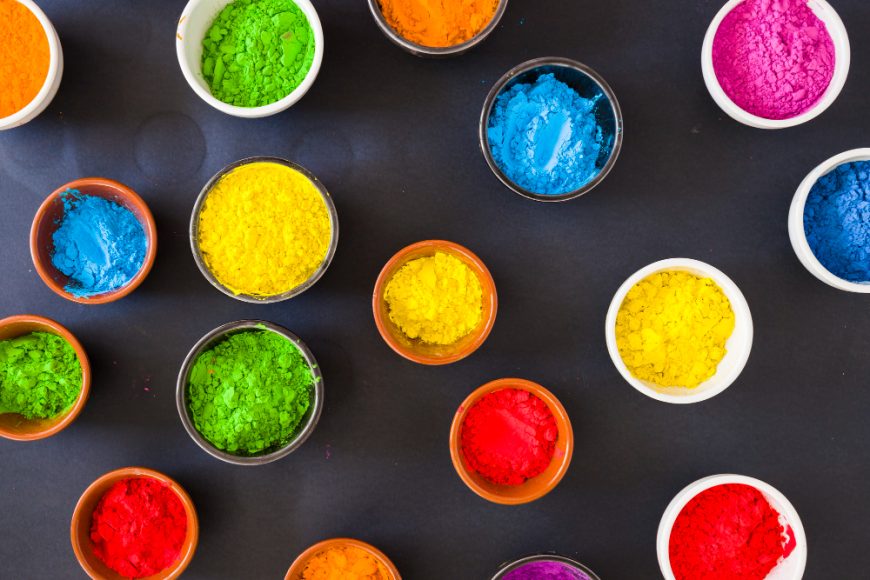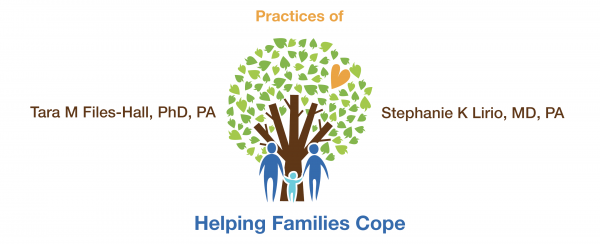
BLOG October 2016
Food Dyes and ADHD: What do parents need to know?
Did you know that October 2016 is ADHD awareness month? Among the other many important things to be aware of this month, we decided to address a topic that parents often ask about, particularly as we approach Halloween. Do sugar and food dyes cause hyperactivity in kids? Can dietary changes affect ADHD?
The short answer to this question is “maybe.” The longer answer involves a more complicated attempt to summarize what data we have on this topic.
The food dye controversy reached a peak in 2007 after the publication of a controversial study by the University of Southampton in the UK suggesting a link between six food dyes – the “Southampton Six” – and hyperactivity in children. These six dyes are: E110 (sunset yellow/FD&C Yellow #6), E104 (quinoline yellow), E122 (carmoisine), E129 (allura red or FD&C Red #40), E102 (tartrazine/FD&C Yellow#5) and E124 (ponceau 4R). This study (as well as follow up studies in the U.S.) lead to the FDA’s and European Food Safety Authority’s concluding that there was not enough evidence to alter acceptable daily intake of these additives. And yet, further investigation of this issue, including a look at earlier studies, yields conflicting results.
A study in 2004 compared behavior in children receiving fruit juices with food additives and fruit juices alone. This demonstrated that there were no statistically significant behavioral differences in these groups. And yet, another study in 2004, revealed artificial food colors might promote hyperactivity in children with ADHD. This study was limited by some flaws in its design, as well as the fact that parent ratings differed from teacher and clinician ratings.
In terms of other dietary restrictions and interventions, the general consensus is to consider dietary interventions only in groups of children who have documented sensitivities or allergies. Parents frequently report a worsening of hyperactivity after an excessive ingestion of candy or diet soda, but majority of controlled studies did not demonstrate significant adverse effect of sucrose or aspartame. Furthermore, two reviews found insufficient evidence to recommend dietary interventions for attention deficit hyperactivity disorder (ADHD) in children
What about supplements instead of ADHD medications, such as stimulants? Several small studies have shown that a combination of omega-3 and omega-6 fatty acids might improve some ADHD symptoms in children and adolescents. In terms of fish oil, this seems to be a situation in which the possible benefit outweighs any potential risk, and there may be some additional perks, including improvement in overall heart health.
So, what’s the bottom line on sugar, food dyes, and supplements, and their effect on hyperactivity and ADHD? Food dyes and excess sugar are probably not good for us anyway. They can contribute to dental issues, cavities, as well as childhood obesity, and other concerns. And while there is not sufficient evidence to say that they worsen ADHD, it probably makes sense to limit the intake of these additives for most children. Finally, if you are interested in considering omega-3 fatty acid supplementation, please consult with your child’s doctor to determine the most appropriate regimen.
References – Lancet 2007 Nov 3;370(9598):1560, – Arch Dis Child 2004 Jun;89(6):506 full-text, – J Dev Behav Pediatr 2004 Dec;25(6):423,
